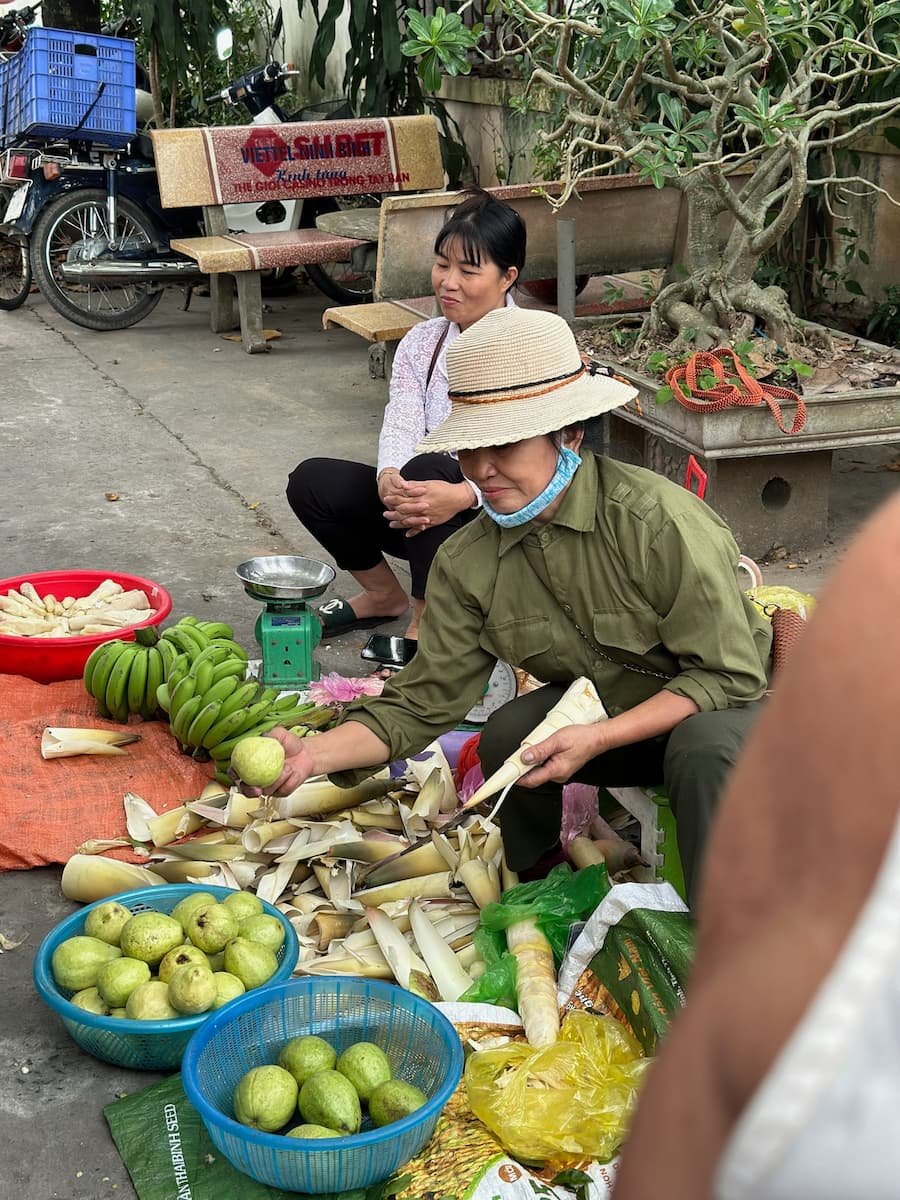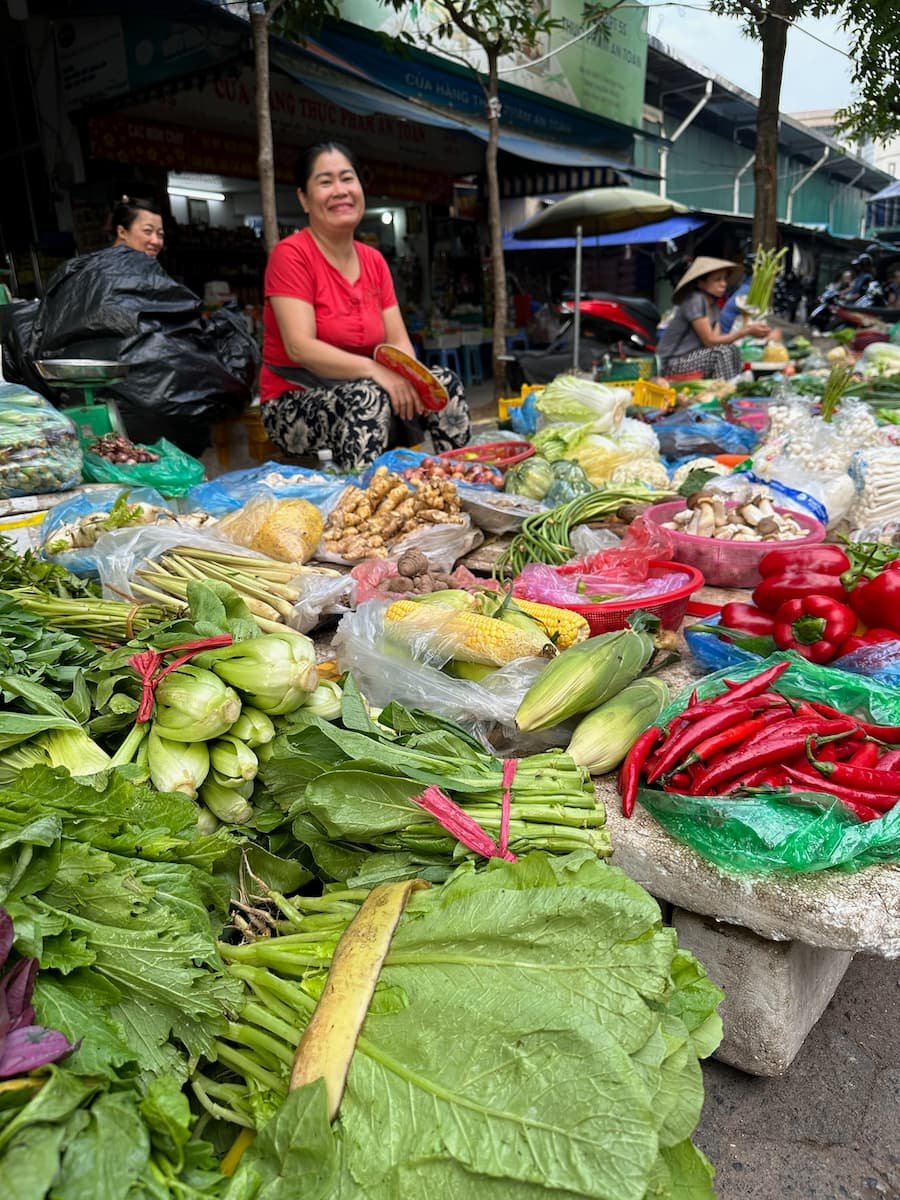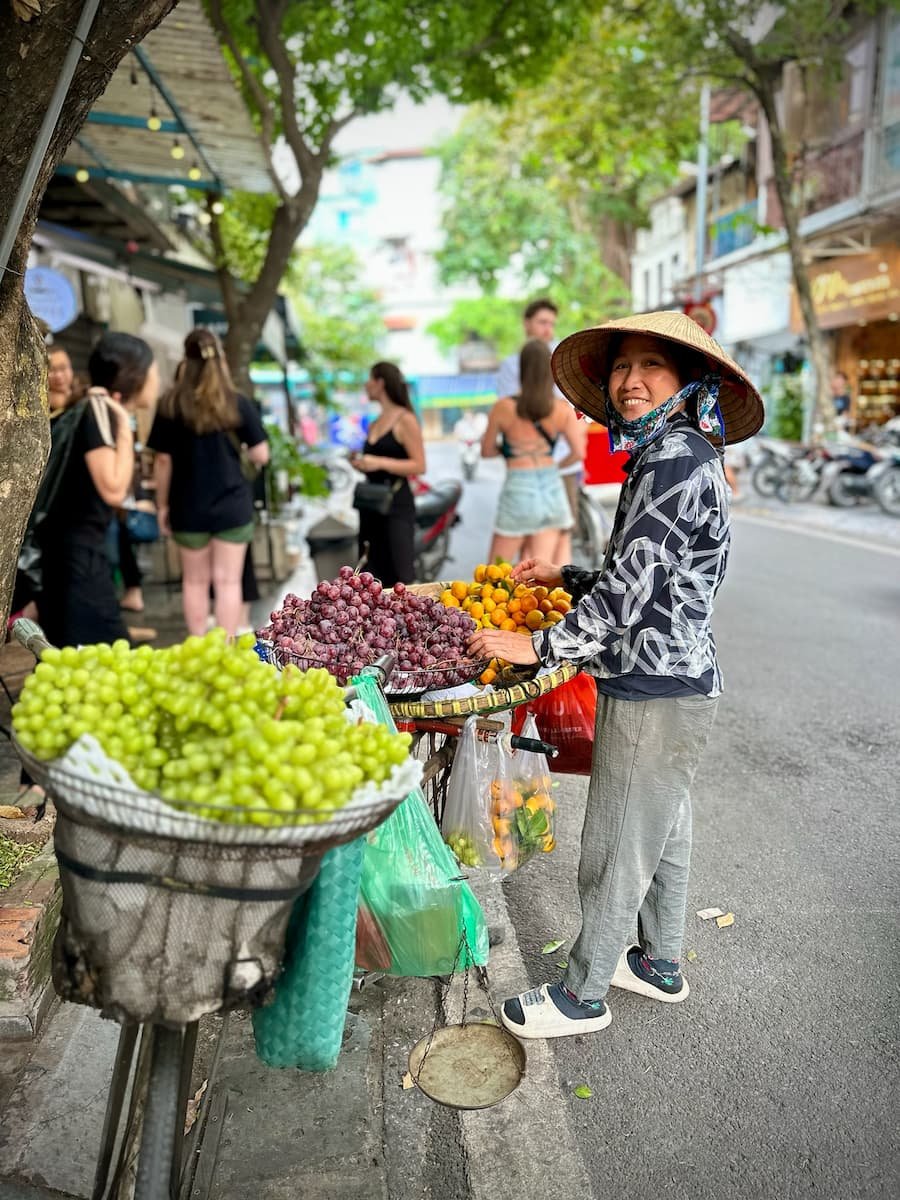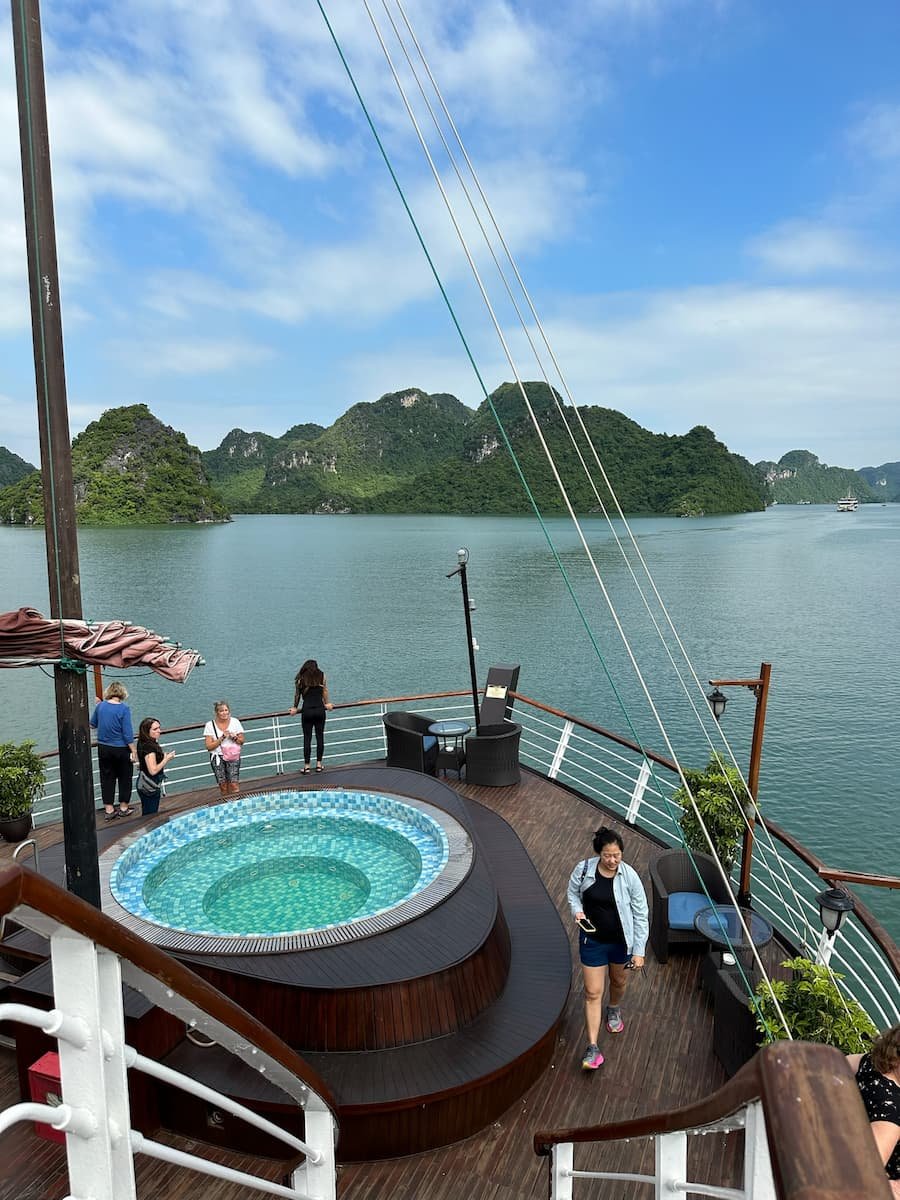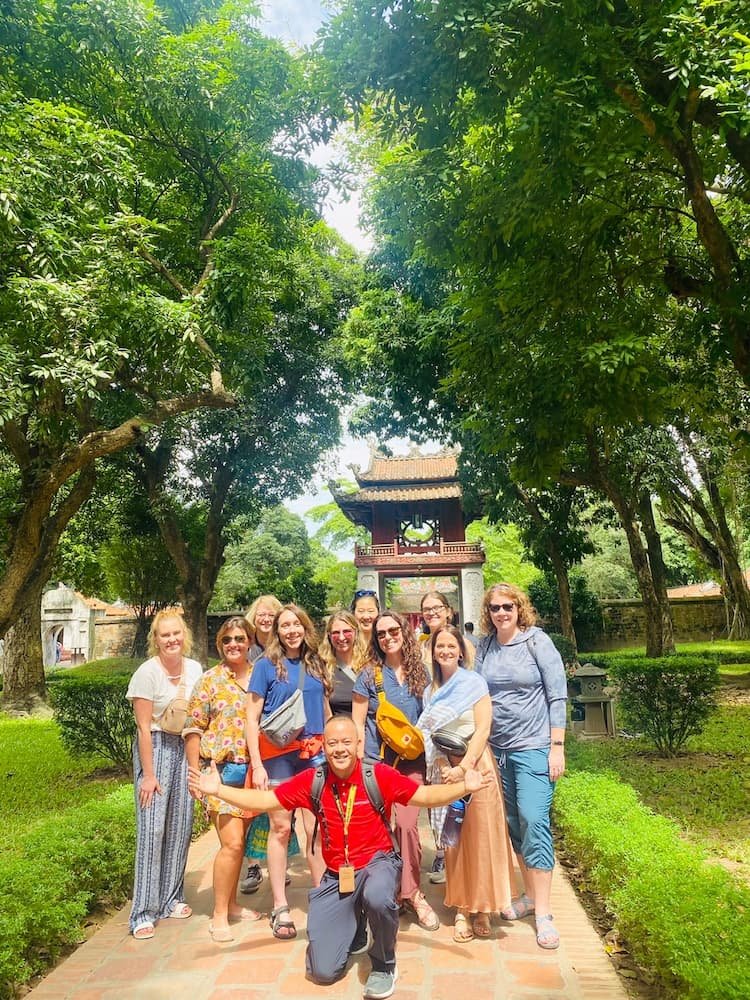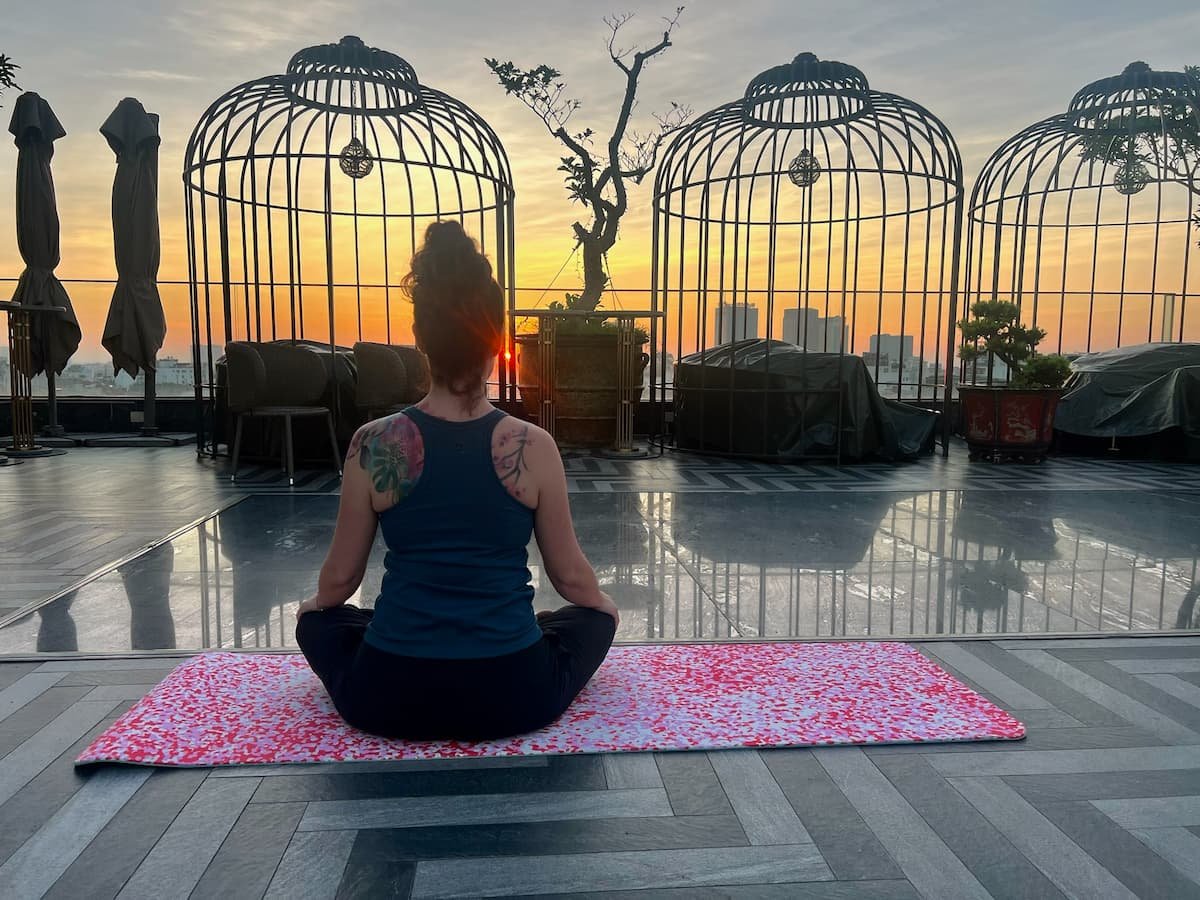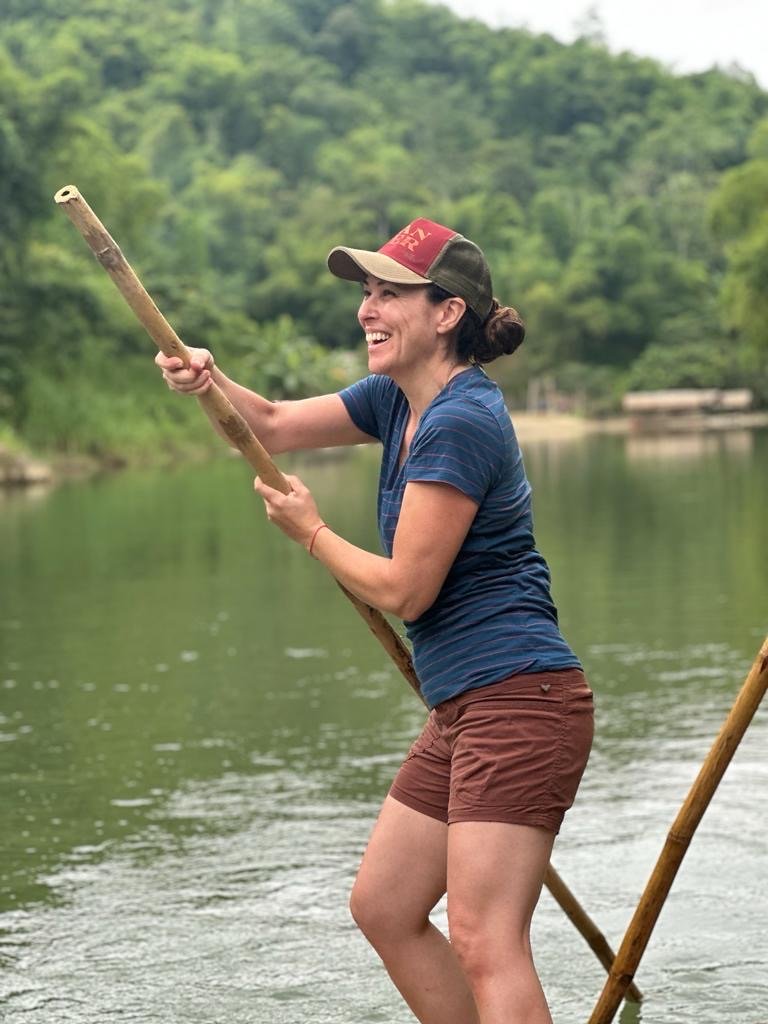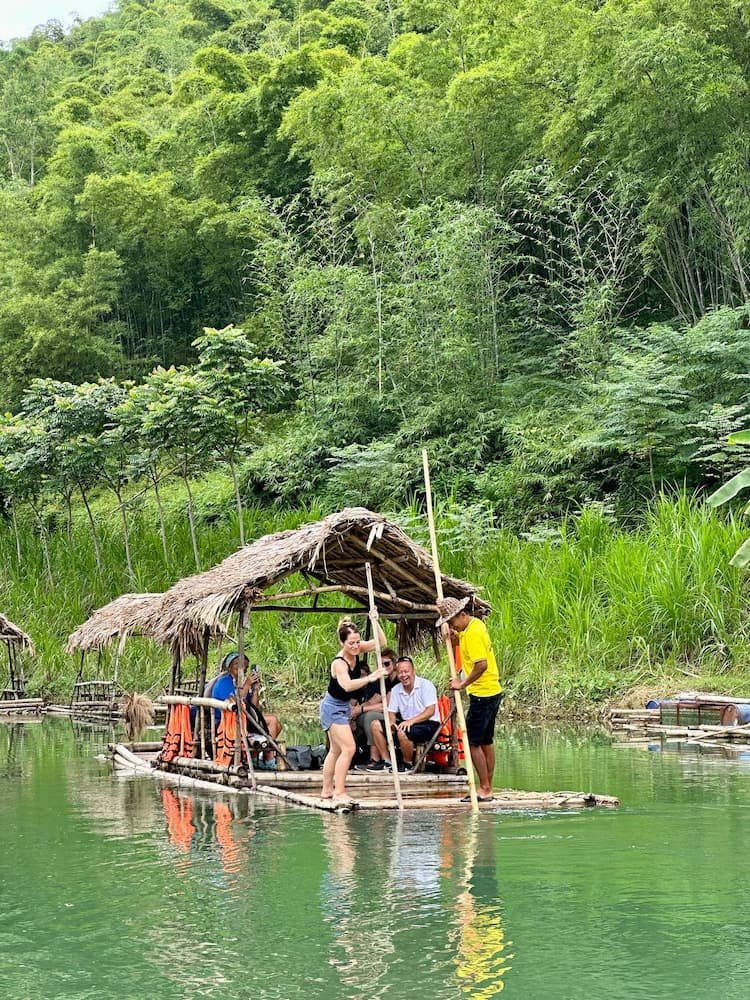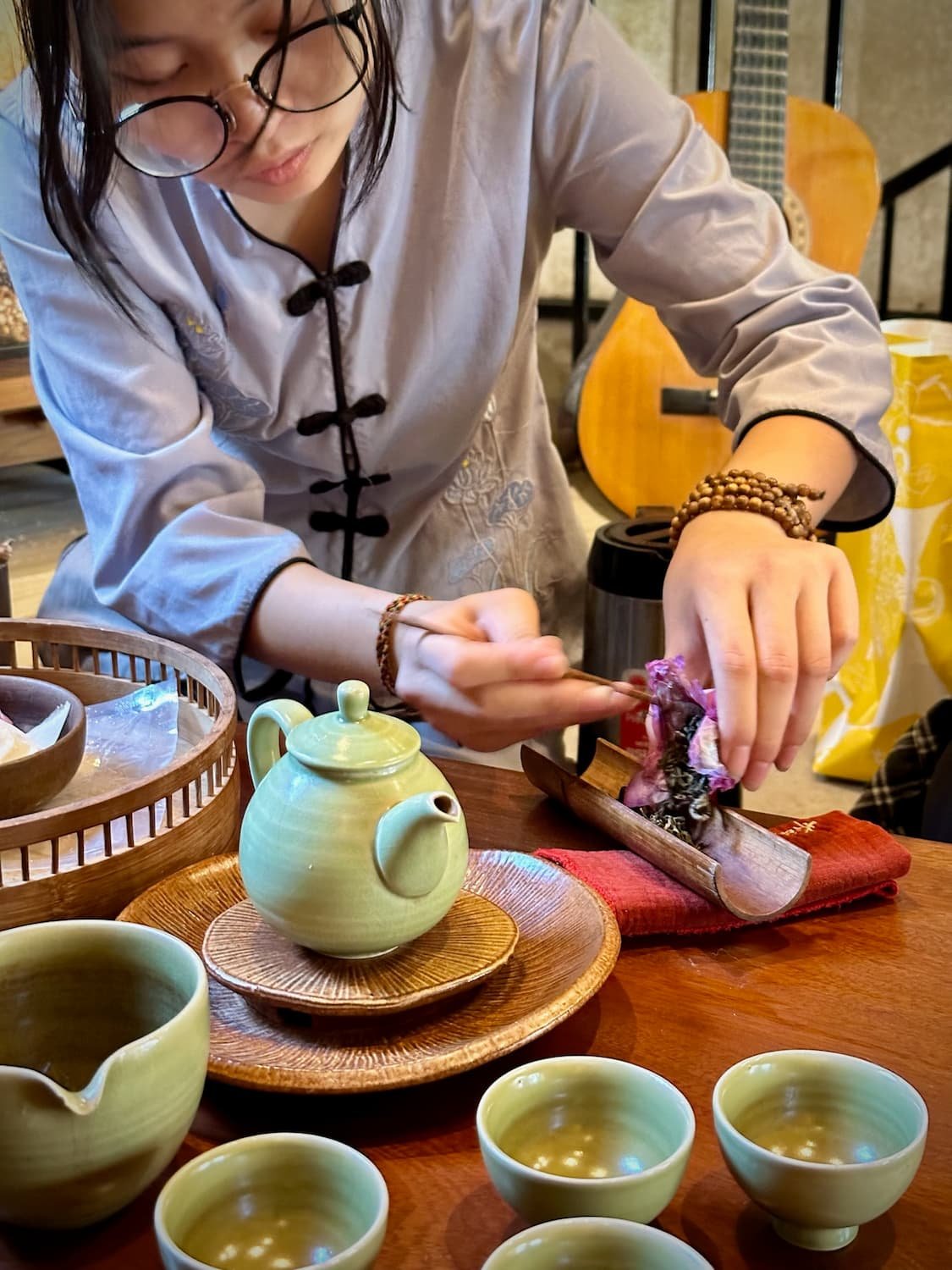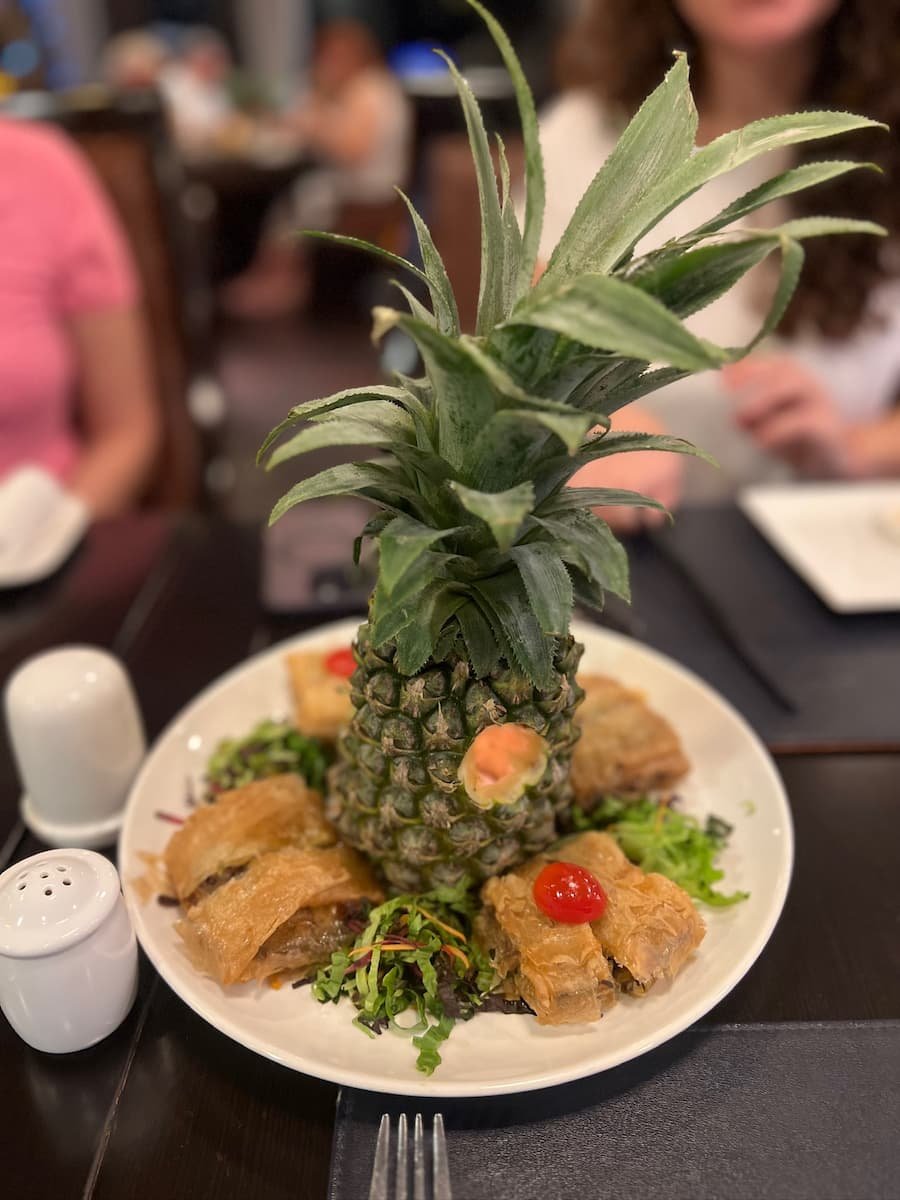Vietnam: A Cultural & Culinary Adventure!
Vietnam had been on my travel bucket list for the better part of two decades and visiting northern Vietnam for an epic nine days with Women Who Explore made that dream a reality.
Approximately halfway around the world from Boston, Vietnam is flanked by Cambodia and Laos to the east, China to the north and the South China Sea to the west. As a landmass, Vietnam is bigger than you might realize. From north to south, this narrow country is roughly the same length as Boston to Miami.
We started and ended our trip in Hanoi, the country’s capital and second largest city of more than five million people. The hustle and bustle of Hanoi was an urban feast for the senses, which we juxtaposed with the serenity of Hạ Long Bay, the picturesque province of Ninh Bình, and a rural retreat near Pù Luông Nature Reserve.
Hanoi: Bustling, vibrant, cacophony for the senses
No visit to northern Vietnam would be complete without a trip to its capital city, rich with history and teeming with energy.
In Vietnam motorbikes outnumber cars 10 to one. While transiting between destinations, I enjoyed marveling at the resourcefulness of motorbike drivers, and exactly how much they could carry on their small vehicles – whether it be entire families, household goods or even appliances.
In the labyrinth of old quarter Hanoi, the old world meets new. Ancient temples – the oldest of which is 1,000 years old – are interspersed with modern commerce and luxury hotels like the gorgeous one at which we stayed, the Grand Peridot Hotel.
Crossing the street in the old quarter isn’t for the faint of heart. To a visitor it looks like organized chaos. Many intersections don’t have stoplights, and when they do they often seem to be regarded as optional. The unwritten rule for pedestrians crossing the street is to be confident, walk slowly and with purpose, and never, ever step backward. Who needs coffee when you have the adrenaline rush of crossing the street!
Hạ Long Bay cruise: luxury meets geologic wonderland
Our luxury cruise through the UNESCO World Heritage site of Hạ Long Bay will forever be etched on my memory. Hạ Long Bay is revered for its thousands of limestone karsts majestically rising from peaceful, emerald waters. Hạ Long means "descending dragon" and according to Vietnamese lore, the lush isles originated as jade and emeralds that dragons used as barriers against invaders.
The limestone islands provided a breathtaking backdrop to our cruise and kayaking, and as it turns out, after millennia of erosion they’re also home to stunning cave systems, a few of which are open to the public. We took a shore exertion to Cát Bà Island where we hiked Trung Trang cave and marveled at giant stalactites and stalagmites.
The luxury accommodations and hospitality of the crew were next level. It was tough to decide whether to spend time on our room’s private balcony, at the top deck’s bar or in the hot tub on the bow, so I made sure to experience them all!
Ninh Bình province: ancient pagodas, lotus fields and “leg rowing”
With its towering limestone karsts that erupt from verdant rice paddies, it’s easy to see why the area of Tam Coc is known as “Hạ Long Bay on land.” We began our time in this region with a visit to Hang Múa where a climb up 500 stone steps to the top of Ngoa Long Mountain awarded us with a 360-degree view of rice paddies and the valley below. After our descent I enjoyed a fresh-out-of-the-shell coconut water and gleefully strolled the elevated boardwalk through a giant field of pink lotus flowers.
Later that morning we boarded canoe-like boats known as sampans to enjoy a leisurely paddle along the Ngo Dong River. The river winds through three grottoes with stalactites hanging from their ceilings and such a low clearance that on a few occasions we had to duck our heads to safely navigate. While natural beauty surrounded us, I think many of my fellow travelers were impressed by our boat guides who rowed most of the time not with their hands and arms, but with their feet and legs. “Leg rowing” is apparently commonplace in parts of southeast Asia because it allows a person to row longer before fatiguing. Work smarter, not harder, right?
Our time in Ninh Bình province also included a visit to the serene and spiritual Bich Dong (Green Pearl Cave) Pagoda, with its three ancient structures built into the side of a mountain. Beyond the complex’s third and highest pagoda, a cave features a large bronze bell cast by monks, artwork on the walls and statues of Buddha. Modest dress is required at this sacred site.
Pù Luông Nature Reserve: bamboo rafts, rural villages and stunning natural beauty
The Pù Luông Nature Reserve was created in 1999 and encompasses 68 square miles of tropical forests, rice paddies and small villages. While here we rented bikes and got to experience a bucolic swath of this off-the-beaten-path destination as we peddled past rice paddies and wading water buffalo.
While strolling through a small village as the only westerners in sight I’ll always remember the wide smile of a Vietnamese woman as she grabbed the tattooed arm of my fellow traveler, marveling at her ink, bestowing unspoken compliments with her gaze and laughter. Nothing was lost in translation in that moment.
One of the most memorable of days of the trip included a peaceful bamboo raft down a small river. Many of us took turns using a long bamboo pole to push the raft along and quickly realized that keeping the raft on a straight course was harder than it looked.
The food: prepare to have your taste buds rocked
My mouth waters at the mere thought of Vietnam. In an instant I’m transported back to grilling my own turmeric catfish and spring onions at a Michelin-recommended restaurant, eating bánh mì streetside while sitting on a plastic stool or savoring a Phở so good that it has ruined me for all others.
There’s a reason the late Anthony Bourdain called Vietnam one of his favorite places in the world for food. The combination of fresh ingredients, fragrant herbs, aromatic spices and complex broths will leave their mark on your tastebuds and possibly your soul.
Not only did my mouth do the happy dance at every meal, but the luxury accommodations at which we stayed also took pride in the visual presentations of their meals. I’m not normally one to take photos of my food, but how could you not when things looked as amazing as they tasted.
No visit to Hanoi is complete without a street food tour. With so many food stalls to choose from on every street in the old quarter, deciding where to eat can be daunting. I’m so glad we had our local tour guide who knew the best places. We were so full by the end of the evening that we were even turning down food which in hindsight seems like a crime. Pro tip: maybe don’t eat breakfast on the day of the food tour so you have more room for all the street food goodness.
The highlight of my culinary experience in Vietnam was a private cooking class with Vietnamese Master Chef Ai. Chef Ai met us at a local open-air market where she showed us how to pick out the freshest ingredients for the dishes we were preparing. The multi-hour class and group dinner enabled us to learn from a true master, take turns cooking and enjoy an incredible meal. I’m still dreaming of that Phở . We capped our meal off with egg coffee. Don’t let the name throw you off, this caffeine-meets-custard decadence in a cup must be tasted to be believed. And where better to taste it than in its birthplace of Hanoi.
As soon as I got back to the states, I was already telling people that I couldn’t wait to visit Vietnam again. In my book that’s the hallmark of a good trip! I loved sharing the awe, curiosity and magic with fellow female travelers and am so grateful for Women Who Explore for organizing such an epic adventure!
About Karrie Carnes:
Karrie is a self-proclaimed “awe-seeker” and looks for wonder in her daily life. An explorer and conservationist at heart, she approaches her adventures with curiosity and loves to learn about the natural world and different cultures. Whether padding the Florida Keys or the San Juan Islands, or hiking the forested trails or alpine peaks of the Northwest, Karrie is at home in nature and always eager to adventure.
When she’s not hugging trees or crushing summits, she’s on her mat practicing and teaching yoga. Karrie (RYT-200) teaches heart-centered, alignment-focused yoga and enjoys modifying her sequences for all levels. She’s a believer in the healing power of mindfulness and breath work, and incorporates yoga philosophy into her daily life.


